If we embrace it, winter can be one of the best seasons of the year. Snow trips, hot springs, hot chocolate, warm soups, crackling fires and cuddling in front of the TV, what’s not to love? But, with the colder months come many pitfalls.
In winter, days are shorter and darker than the warmer months. Often, the lack of sunlight and the chill can lead to many of us being more irritable and developing seasonal depression. Moreover, with the cold comes skin-disorder flair-ups, colds and flu, that run amuck. Although many are aware of these downsides, a common shortcoming of winter that people may not be aware of is the damaging effect on your eyes.
How does winter damage our eyes?
1. Increased screen time
Colder and darker months always mean one thing: more time indoors. Unfortunately, in this modern world, there isn’t much to do indoors but stare at a screen. Whether you’re scrolling on the phone or binging a series, the increased screen time can cause your eyes to become tired and dry. Luckily, tired and overworked eyes, although uncomfortable, won’t lead to permanent damage.
Top tip:
Take regular breaks during periods of prolonged screen time. Don’t forget to use the 20:20:20 rule – every 20 minutes, take a 20-second break and focus on something 20 feet away.
2. Heating indoors
The winter chill can often feel unbearable, especially as we age. Many of us use a heating system to heat our homes to combat this. Unfortunately, the heat generated can remove any humidity and moisture in its direct environment, including our bodies. As a result, our skin and eyes are often drier during the winter. Dry eyes can often make it difficult to perform our everyday activities. More importantly, if left untreated, severe conditions of dryness can lead to inflammation, ulcers and vision loss.
Top tips:
– If you can’t lower the temperature, try using a humidifier or opening the windows for a couple of minutes to let moisture back into the room.
– Additionally, blinking can help lubricate our eyes, so remember to blink regularly! Finally, if all else fails, try using eye drops to help keep your eyes moist.
– Those who wear contacts should consider switching them out for glasses when they are in environments that are likely to cause dry eyes.
– Drinking more water can keep our eyes and bodies hydrated.
3. Harsh winds
Winter often comes with stronger and harsher dry winds full of debris. Not only can the debris flying around damage our eyes, but the winds can cause our eyes to be more watery than usual. Overly watery eyes can lead to reduced vision and pain.
Top tip:
– Switch out contact lenses for glasses; these will be more comfortable in the drying conditions and act as a protective barrier.
– Wear sunglasses to protect against the wind and any debris.
Read our guide on how to pick the best sunnies.
4. Winter sun
Many of us think that just because it’s gloomy and we can’t feel the warmth, the sun is much weaker in the winter months. However, the fact is that the sun is much stronger this time of year. All the rain, snow and ice covering the ground during winter provides more reflective surfaces for the sun’s UV rays to bounce off. As a result, we become exposed to UV rays from all angles during the winter, and we are at additional risk of long-term eye damage during the colder months.
Top tip:
Protect yourself from the UV by wearing UV protective sunnies during the winter.
Find out just why UV exposure is so dangerous through our previous post.
5. Longer nights
With longer nights or darker days, your pupils tend to be dilated longer to let in more light. Prolonged dilation of your pupils can make your vision blurrier in winter than in the summertime.
Top tips:
– Eat a healthy balanced diet full of fresh leafy veggies to keep your vision 20/20 this winter.
– Ensure the windscreen on your car is as clean as possible, as the glare of the low-lying sun can make it more difficult to see and make it more dangerous to drive during the winter.
Eye exercises to improve your eyesight during the winter
We must keep our eyes as strong as possible during wintertime. Prepare for the colder months by trying out these eye exercises to strengthen your eye muscles and improve your vision.
Exercise 1: Palming
To relax muscles around the eyes and reduce fatigue.
How to:
Rub your palms together to warm them up. Next, close your eyes, place each palm on either cheekbone and cup your fingers over your eyes. Breathe deeply for five minutes before removing your hands.
Exercise 2: Blinking
When you feel your eyes drying out, try this blinking exercise to stimulate the oil glands in your eyelids.
How to:
Close your eyes. While they are closed, consciously squeeze your eyelids together tightly and relax them five times. Open your eyes.
Exercise 3: Pencil push up
Train your eyes to move towards one another or converge when looking at a near object.
How to:
Hold a pen or pencil at arm’s length vertically and focus on the tip. Keeping your eyes focused on the pen, move it closer to your nose until you begin to see double. Then, move it away from your eyes again. Repeat three times.
Exercise 4: Near and far focus
To train your focusing system to engage and relax properly.
How to:
Hold your thumb 30cm from your face and focus on it for 15 seconds. Afterwards, shift your gaze to something 6m away and focus on it for 15 seconds. Alternate between looking at your thumb and the object several times.
Exercise 5: Figure 8s
To help train the eyes to track objects.
How to:
Pick a point on the floor 30cm away from you and trace an imaginary figure eight with your eyes. Continue for 30 seconds and switch directions.
With the colder months well and truly here, we must protect our eyes from the season’s pitfalls. So, follow our top tips and try our exercises to strengthen your eyesight.
Additionally, if you’re experiencing abnormal eyesight during the winter seasons or are finding it more challenging to see clearly during the colder months, make an appointment with Optical Insight and keep your eyes safe this winter.





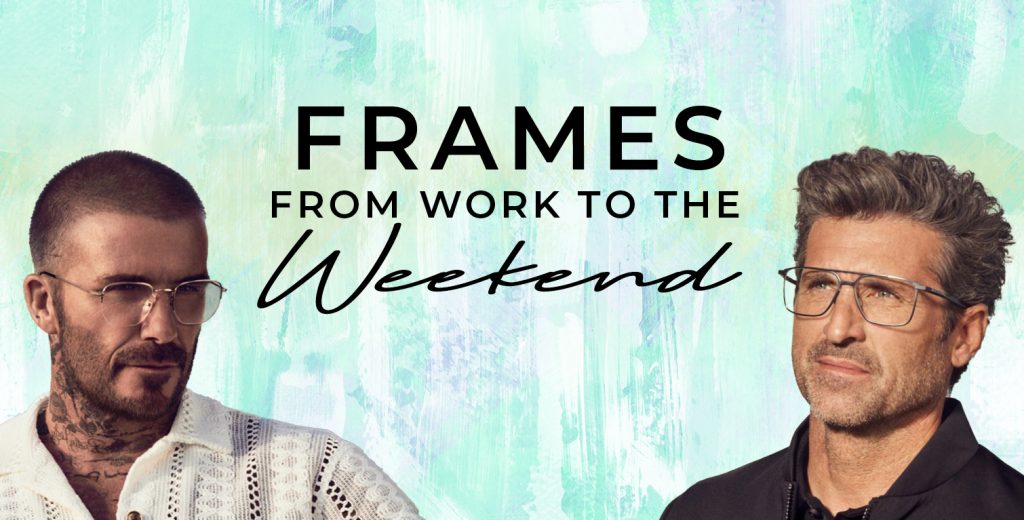
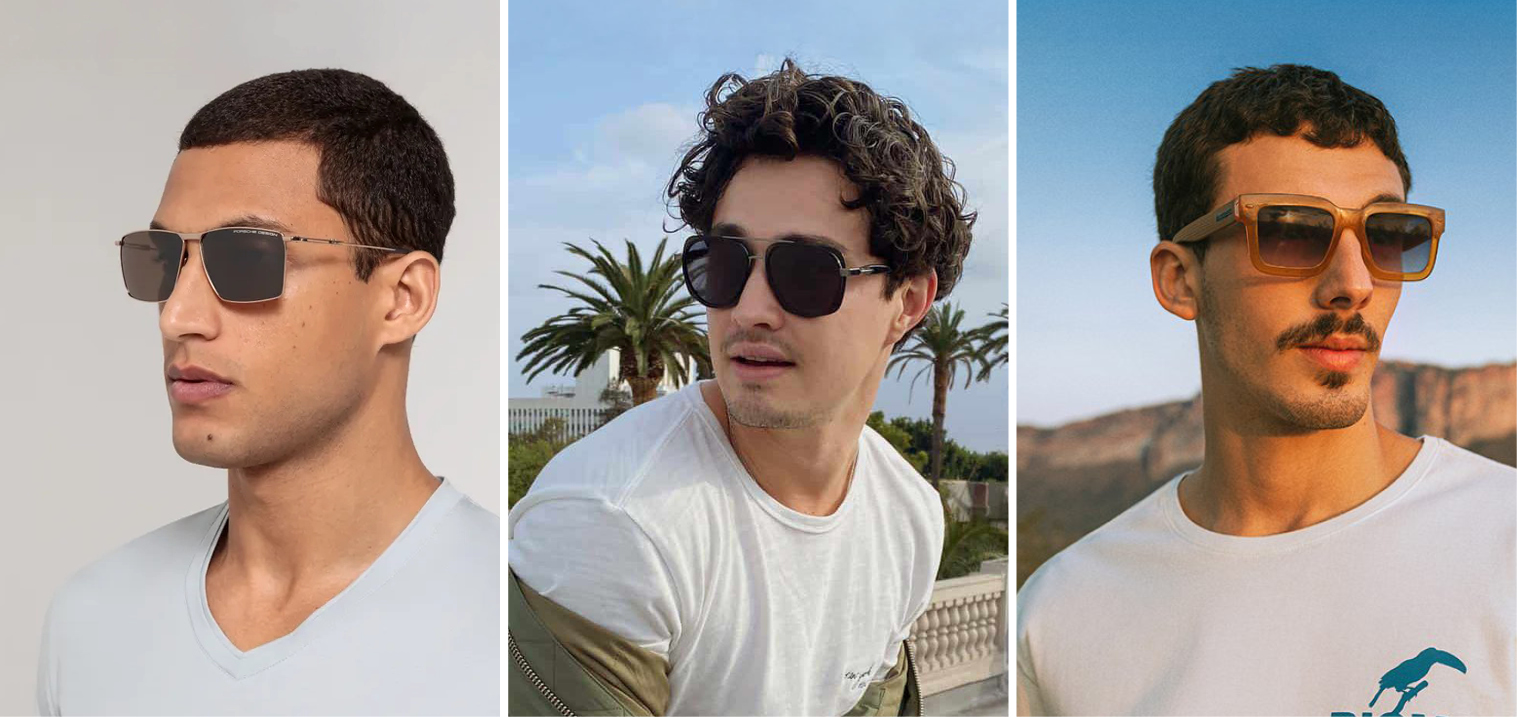
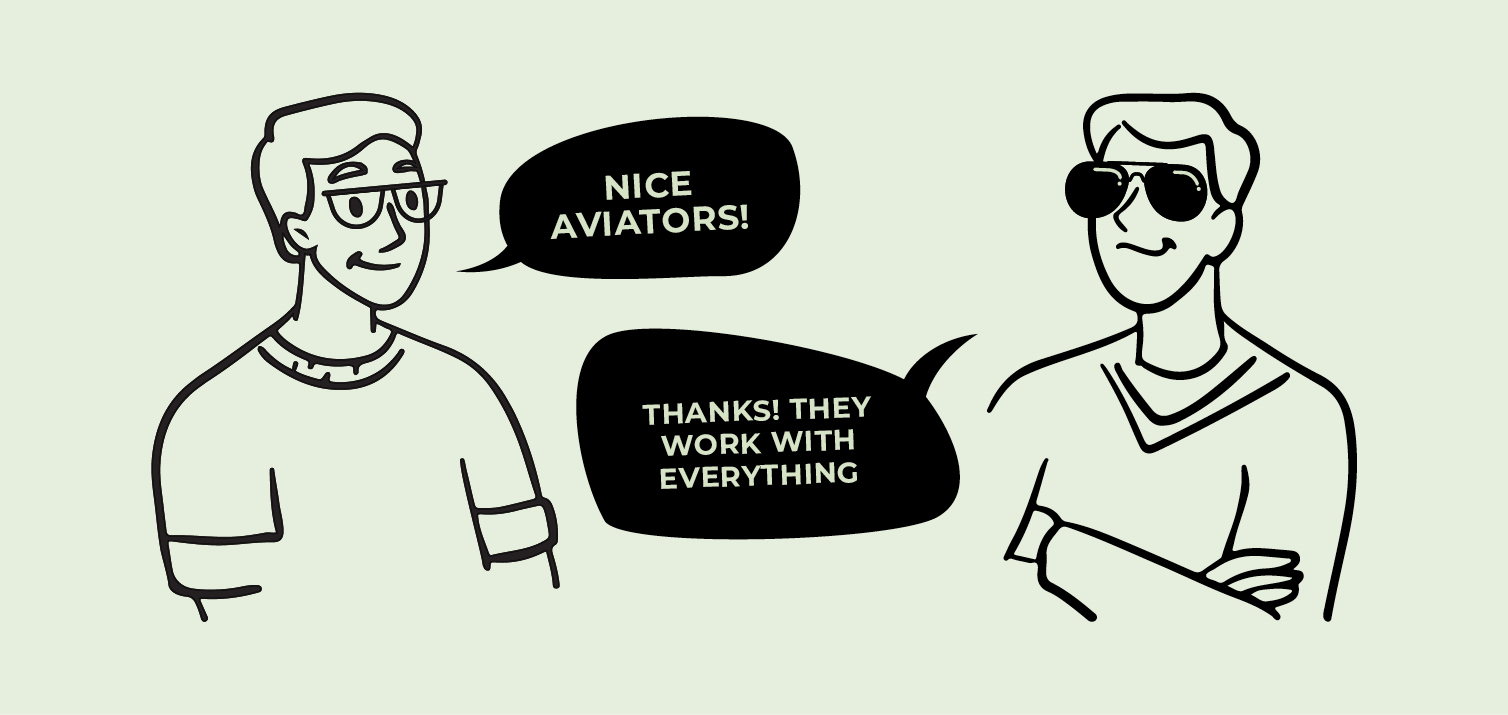



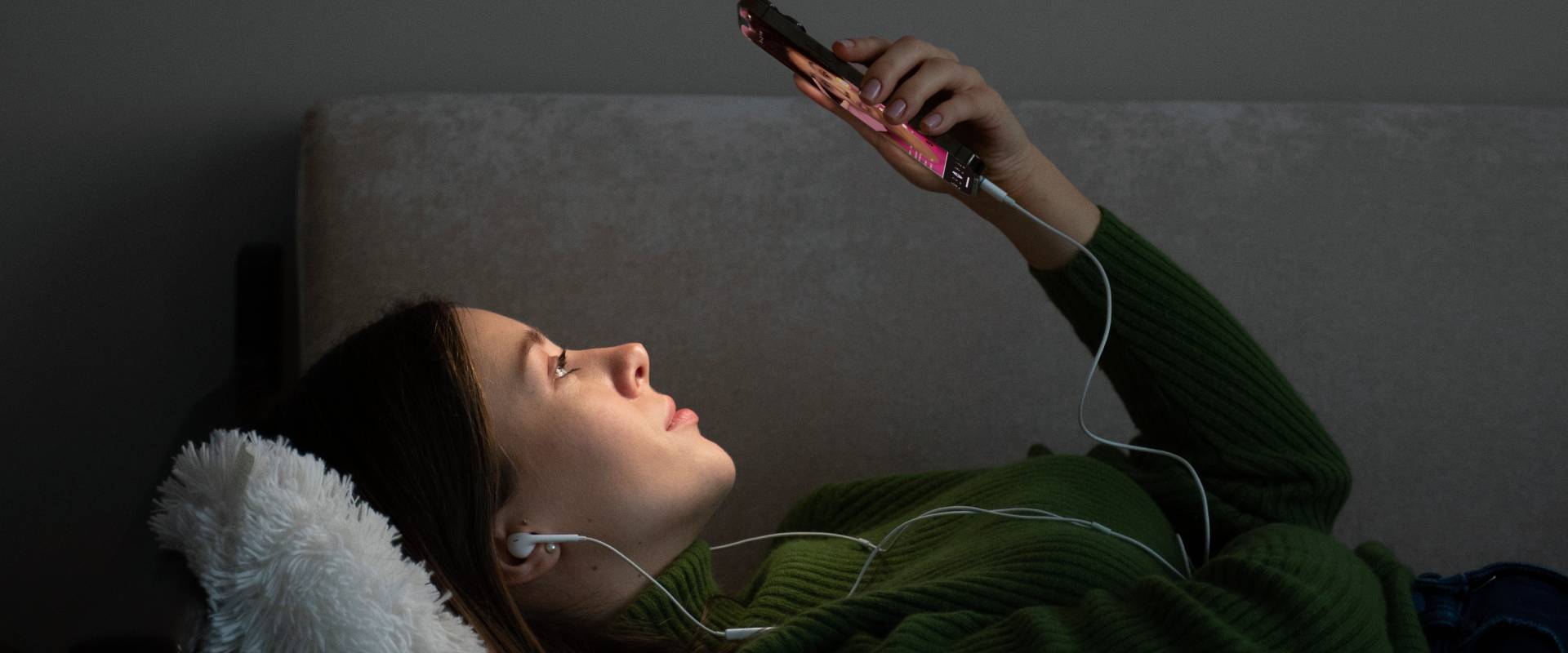

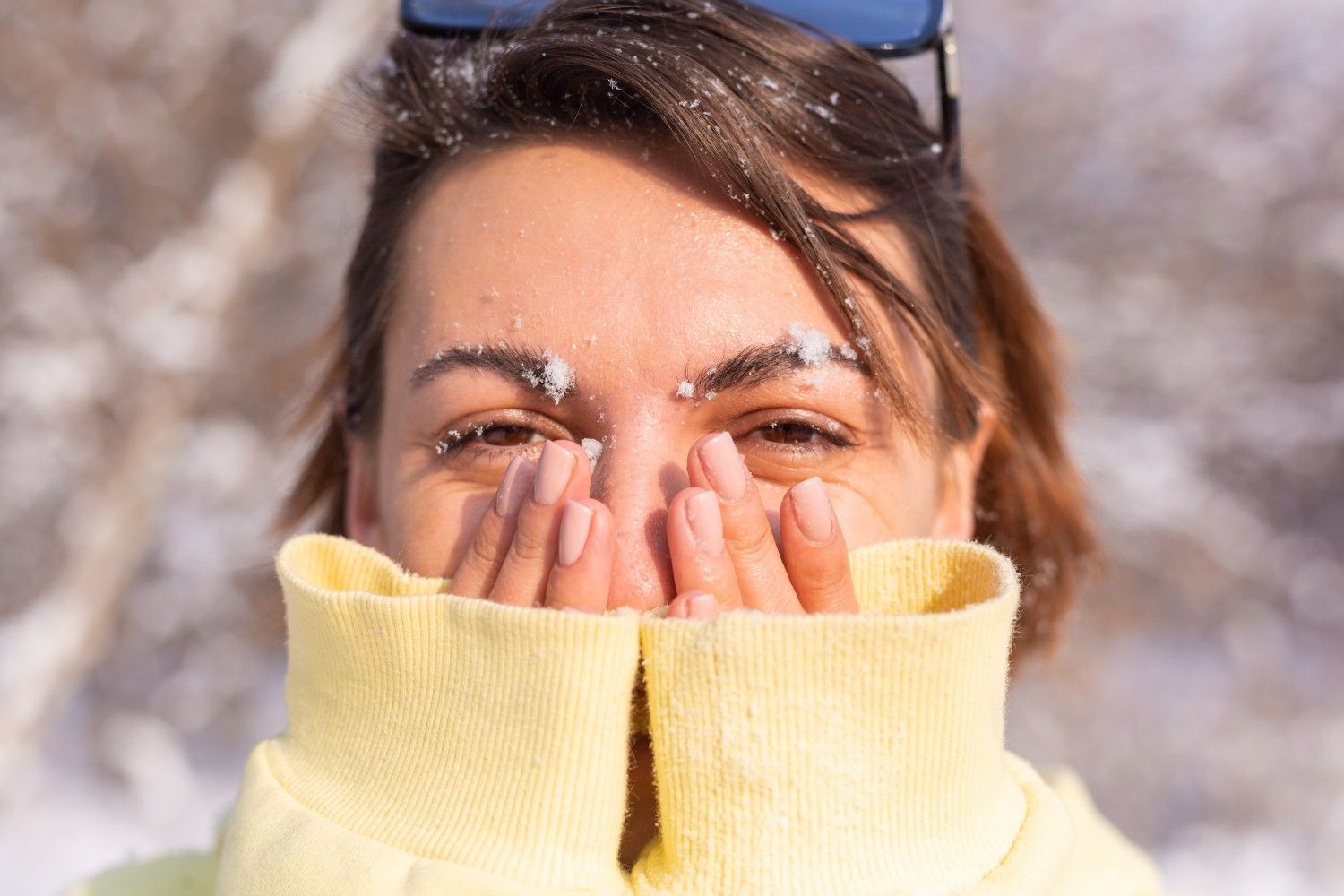




 Try structured, geometric frames like rectangles or squares.
Try structured, geometric frames like rectangles or squares. Avoid oversized frames that could overpower your features.
Avoid oversized frames that could overpower your features.


